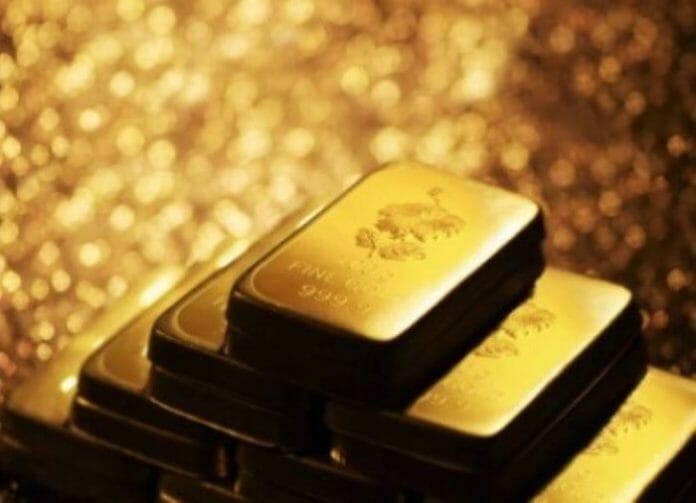Gold, the age-old symbol of wealth and stability, has recently faced a significant challenge, breaking below a crucial technical support level at $2.017 per ounce. This development sends a negative signal for both gold and silver. There is even a possibility of a further slide to the mid $1.980 per ounce level, indicating a challenging period for gold investors.
The current situation is exacerbated by the rise in 10-year US real yield expectations surpassing 1%, coupled with a strengthening US dollar. These factors contribute to a gloomy outlook, suggesting that there may be additional outflows from Exchange-Traded Funds (ETFs) and futures in the coming months. Given these circumstances, my stance emphasizes the need for caution, reiterating my message to hedge strategic long gold exposure over the next 3–6 months. Importantly, adding long exposure now is not advised.
To gain a deeper understanding of the current scenario, we can reflect on the events of 2013 when Federal Reserve Chair Ben Bernanke abruptly ended the “QE infinity” stance, triggering a sharp decline of approximately 20% in the gold price within a mere two months. The subsequent slide persisted until 2015, with gold trading around $1,050 per ounce. However, it’s crucial to note the differences between then and now—Bernanke’s announcement caught markets off guard, whereas the Fed’s current stance is well telegraphed. Moreover, the USD was not at historically high levels, and inflation was not a predominant concern.
The question arises: Is history repeating itself in 2024? My analysis coupled with UNS analysis suggests otherwise, although we can anticipate further weakness in gold prices. The extent of the fall, however, hinges on two key factors: broader US inflation dynamics and the state of the US labour market.
While inflation surprises supported gold in the first quarter of 2022, the Fed’s commitment to lower Consumer Price Index (CPI) has increased. This commitment, in turn, is expected to drive higher US real yields and further strengthen the US dollar. Additionally, economic growth is projected to slow, and liquidity is anticipated to tighten, creating headwinds for broader investment demand.
Factors such as constrained jewellery sales due to slowing household income growth and the looming risk of a sharp spike in energy costs (potentially leading to stagflation) further add to the complexities of the situation. The health of the US labour market emerges as a pivotal factor influencing any significant Fed policy pivot in 2023.
For investors navigating these turbulent waters, my advice remains consistent: hedge downside price risks in strategic holdings and exercise caution against adding new exposure until the Fed’s policy path becomes clearer. The intricate interplay of economic factors demands vigilance, and strategic decision-making will be paramount in safeguarding investments in the evolving landscape of the gold market.









